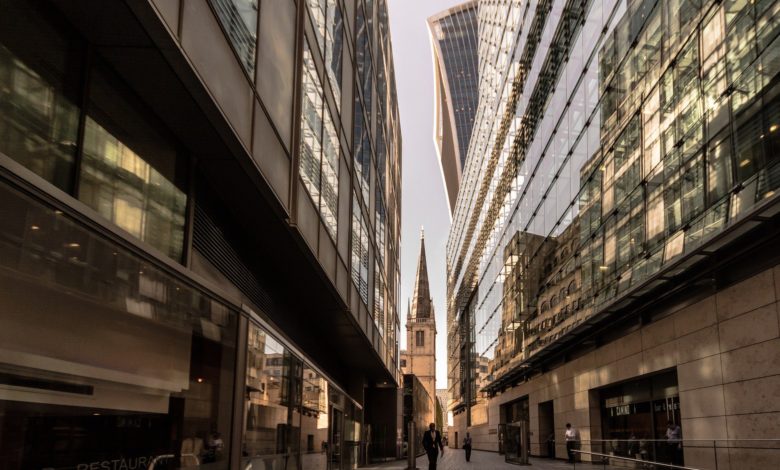
When is a building not a building?
It sounds like a silly question or a riddle but, in tax tribunals, things like this come up all the time.
They always centre on the definitions of words used in tax rules and legislation, meaning that a lot of money can ride on whether the taxman can say a word means one thing, while a business says it means quite another.
A really important example of this is the case of businessman Stephen May who took on HMRC when the taxman rejected a claim for Plant & Machinery Allowances (PMA) on his firm’s entire facility. PMAs are one type of Capital Allowance that allow companies to deduct some or all of the cost of plant and machinery from their profits before paying Corporation Tax.
In Mr May’s case, he had built a silo for drying and storing grain for sale to local farms.
HMRC accepted certain items qualified as plant but insisted that the facility itself was a building, and therefore exempt.
Mr May agreed that the facility was a building but argued that it was used for temporary storage and that the building itself was part of the drying process.
The 2019 case was heard by the First-Tier Tribunal (FTT), which had to decide whether the facility was a ‘silo provided for temporary storage’, and whether the facility was ‘plant or machinery’.
Since the building had no use other than storing grain, and was unsuitable for any other agricultural purpose, the FTT accepted that the facility was a silo.
The FTT also agreed that the grain was stored on a temporary basis, because the grain was only ever held for a defined maximum period each year.
On the final point, HMRC argued that the drying and conditioning process would not be possible if the qualifying equipment was removed, suggesting that the main structure was just a building that played no part in drying and cooling the grain.
But the FTT rejected that argument, highlighting several features in the building that were ‘essential’ to the drying and conditioning process.
These included power-floated concrete floors, thicker-than-normal concrete walls, and air inlet and exhaust fans in the walls.
The FTT concluded: “Both the main structure of the building and the movable parts are thus essential to its functioning. All of these components together constitute the apparatus.”
The tribunal ruled that the facility was a silo provided for temporary storage and was indeed plant or machinery, resulting in the FTT deciding in favour of the appellant.
Following the decision of the FTT, we were asked to review the construction of a similar facility in Scotland.
Its specialist ventilation systems, building management systems and electrical equipment had always been included in PMA claims but expenditure relating to the structure of the main building had not.
Our surveyor carried out a full inspection to establish how far this facility, too, could be said to be much more than just bricks and mortar.
In fact, it was immediately obvious that it didn’t just hold stock. The silo had a thickness-enhanced reinforced ventilated concrete floor, walls and partitions; specialised anti-drip cladding including moisture-retaining fabric; a steeper pitched roof to allow for a roof-level gantry; and specially constructed hollow galvanised steel partitions designed to sit behind the roller shutter doors to prevent the grain from escaping and to add additional support when the silo is full.
As in the case of Stephen May, the silo had all the characteristics needed to prove the facility was itself plant and machinery, opening up a claim on the entire facility.
Last year’s ruling highlights that there is potentially an opportunity for thousands of businesses to review their capital allowances position on these types of facilities.
So when is a building not a building?
When it’s plant.









